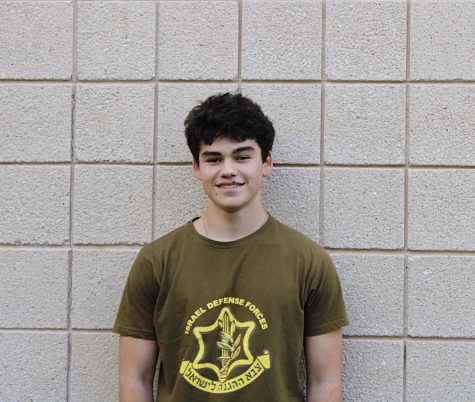How Spotify Changed the Music Industry
In 1981 you could spend 10 dollars to get a vinyl record. In 1998 you could buy a cassette with music on it for a little cheaper than ten dollars. In 2002, buying a CD with music would cost you $19.99. In 2012, an iTunes Album would cost you $9.99, which was a revolutionary advancement since you could play whatever songs you wanted at any given time from an iPod or iPhone and could play the songs in any order while iTunes predecessors required the user to play through the other songs on the album to get to your song.
Today, things have changed drastically. For just ten dollars a month, you can listen to up to 50 million songs that you can download and listen to anywhere. How did this happen and how did Spotify take over and upend the music industry?
In 1998 at Northeastern University, Shawn Fanning started developing a computer program in his freshman dorm room called Napster Music. He ended up dropping out of school and partnering up with teenage programmer Sean Parker to create this software.
Napster was one of the first programs to pair file-sharing services, allowing users to access music files stored on the hard drives of fellow Napster users. It exploded in popularity with over 70 million users. Major record labels then began a long legal battle to shut down the company.
In July 2001, after almost a year of legal battles, the internet startup officially shut down due to court orders. So what does Napster have to do with Spotify? Napster changed the way that people consumed music and were the backbone of the creation of Spotify.
Daniel Ek, inspired by Napster, would later start Spotify. Growing up, Daniel’s family didn’t have much money. Music was pretty much the only thing abundant in his childhood home. He got a computer when he was five years old and would spend many days playing video games.
He eventually got bored and wondered if he could change the games and make them better, leading him to start coding games when he was just seven years old. By the time that he turned 14, people recognized his talents and began asking him to build websites for companies. By the time Ek was eighteen years old he was making $50,000 monthly.
He started many companies like Advertigo, which would be bought by TradeDoubler in 2006. The sale along with his previous work made him wealthy enough to live a lavish lifestyle. He eventually got sick of it, realizing that his friends were fake and the expensive cars and house were uncomfortable so he moved into a small cottage outside of the city.
During this time he found inspiration in Martin Lorentzon, who was the entrepreneur who bought his company Advertigo and would later become a co-founder of Spotify. Over long talks and movie nights, Ek and Lorentzon came up with the idea behind Spotify.
After a few long years of convincing investors that the music industry was a solid bet, the duo kick-started Spotify with the help of Lorentzon’s wealth. In April 2007, after spending eight months on Spotify, the company released its beta test version of the product.
On October 7th of 2008, Spotify officially announced their launch out of beta in Scandinavia, UK, France, and Spain. At the time of its launch, Spotify announced licensing deals with Universal Music Group, Sony Music Entertainment Group, and Warner Music Group.
Today Spotify is available in most of Europe, most of the Americas, Australia, New Zealand, South Africa, and parts of Asia. It is available for almost all modern devices. As of May 2018, it had 35 million songs, 75 million active users, and 80 million paying subscribers making it the largest music streaming service in the world.
Other companies would follow suit and make similar versions of Spotify like Apple Music, Amazon Music, Pandora, Google Play, and Tidal. On April 3rd of 2018, Spotify went public and had a nice Wall Street debut by guarding a $26.5 billion valuation.
Spotify now boasts 248 million monthly active users (MAUs) and 113 million subscribers, with its paid user base growing 31% year-over-year. Spotify pays artists $.0038 per listen which is very cheap since people used to pay $10 to listen to a song.
For this reason, many musicians have criticized the streaming explosion, especially during the pandemic. Unfortunately for them, these streaming services are not going anywhere. In fact, their presence in the current music scene is so powerful that a future without them is almost unimaginable.

Harrison is a senior and is excited for his fourth year at the Harriton Banner. In addition to the Banner, Harrison also runs the Business Journal for...

This is Trinidad Monteagudo Jackson's second year at The Harriton Banner, and is super excited about creating new graphic designs for articles. She...


